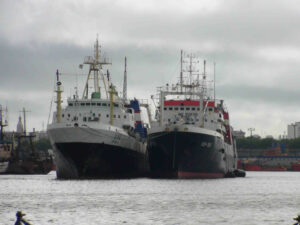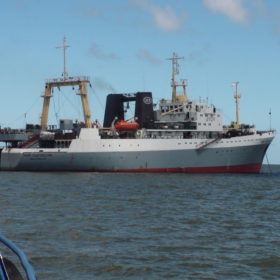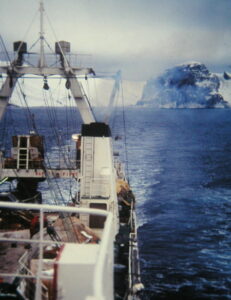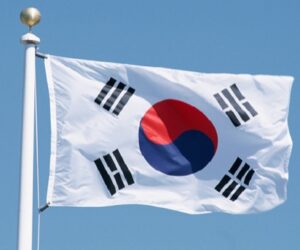 This INFORMA (FAO Globefish) report addresses nutraceutical-grade EPA & DHA scarcity, sources and the aquaculture industry as a net supplier of EPA and DHA.
This INFORMA (FAO Globefish) report addresses nutraceutical-grade EPA & DHA scarcity, sources and the aquaculture industry as a net supplier of EPA and DHA.
Not necessarily more fish will be processed to get valuable EPA and DHA-enriched fish oils for human consumption, rather taken off from aqua-feeds (farmed fish diets) and/or the aquaculture sector itself.
Marine and farmed fish get their EPA & DHA from their diets, be this algae or taylor-made diets, respectively. Nonetheless, freshwater fish seem to be better able to elongate short-chain omega-3 fatty acids into EPA and DHA.
Fish oil is an economically viable source of essential fats for feed purposes. Around 80% of all marine-based fish oils are consumed by the aquaculture sector. This usage ratio is decreasing. More and more aqua-grade-target fish oils end on direct human formulae.
Around 200.000 tons of EPA and DHA are consumed annually by aquaculture species, farmed salmon taking around 60% of the total.
Salmon and trout species retain around 50% of the EPA & DHA consumed (30 to 75%), sourcing 50 to 60.000 tons of EPA and DHA per year for human consumption. Carps double this amount.
All Carps combined, although consuming less than 1% of all EPA and DHA provided by fish oil and fish meal, contribute more than 50% of all EPA and DHA coming from aquaculture products.
All aqua species combined, provide 200 to 220.000 tons of EPA and DHA and at the time consumes almost the same amount of EPA and DHA.
Report at – Farmed fish, a major consumer or a major source of omega 3 oils ?







